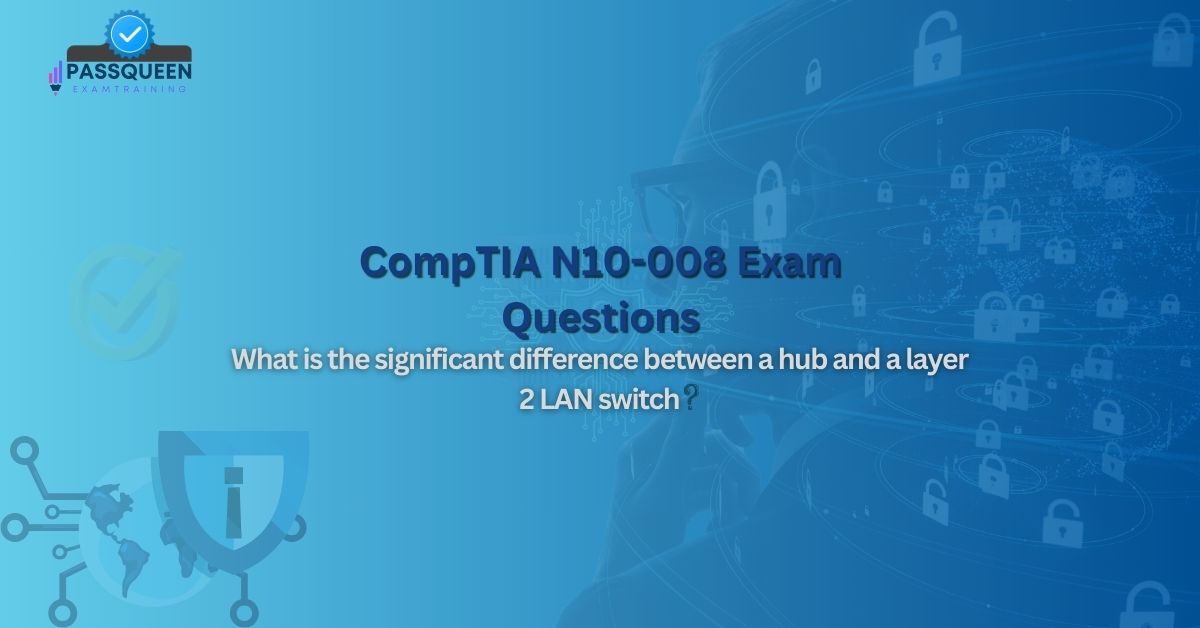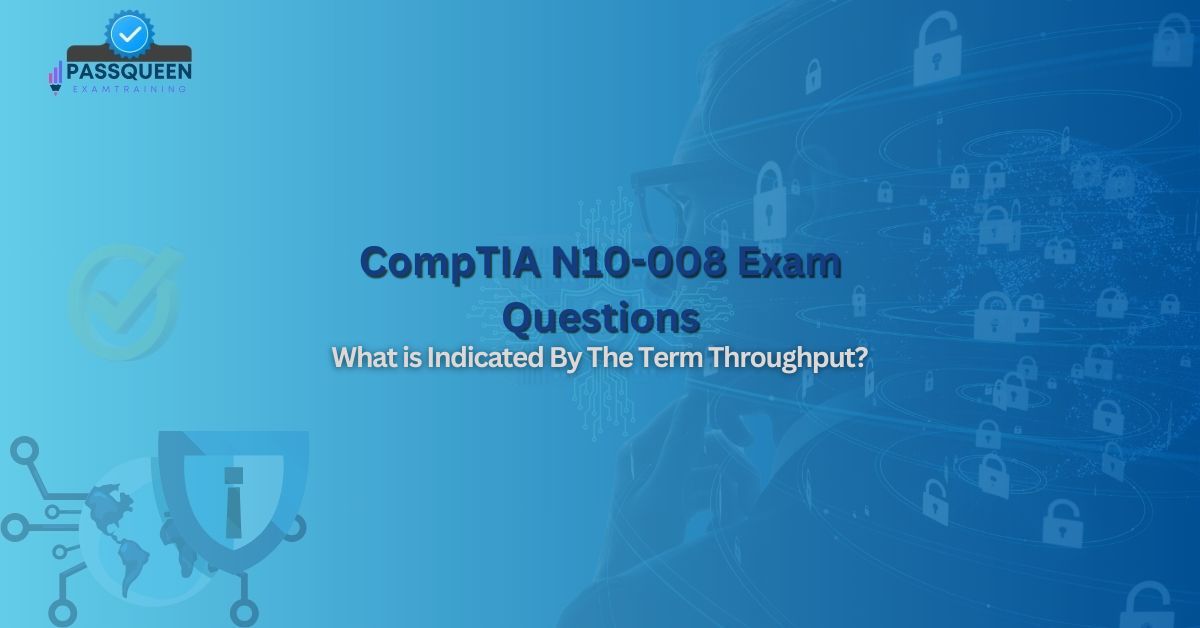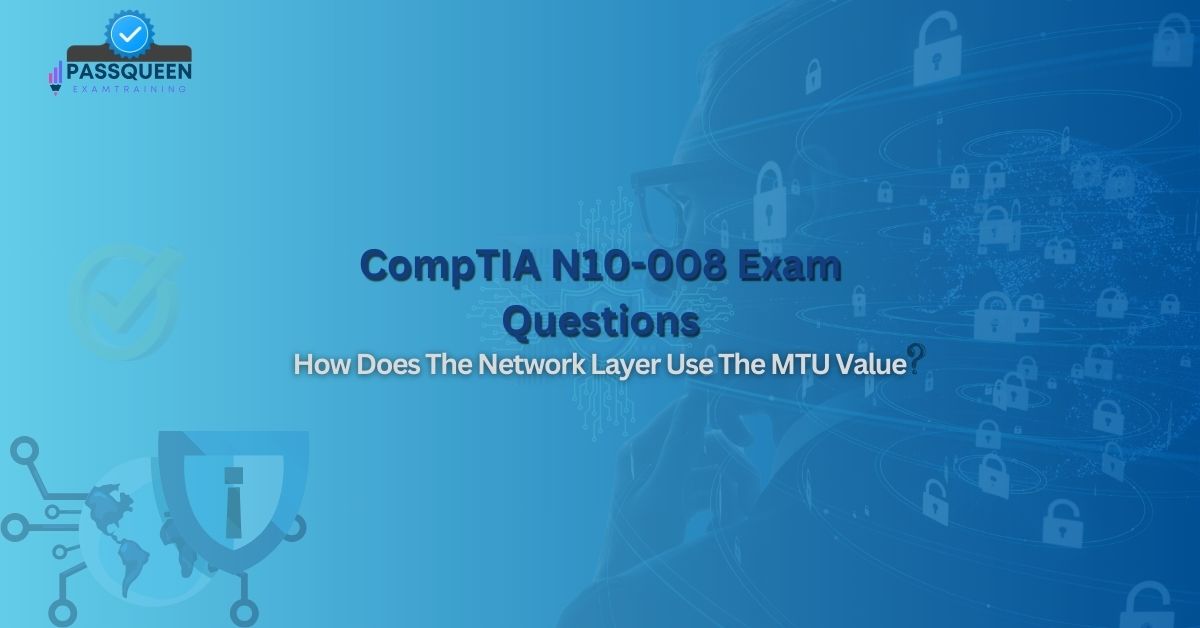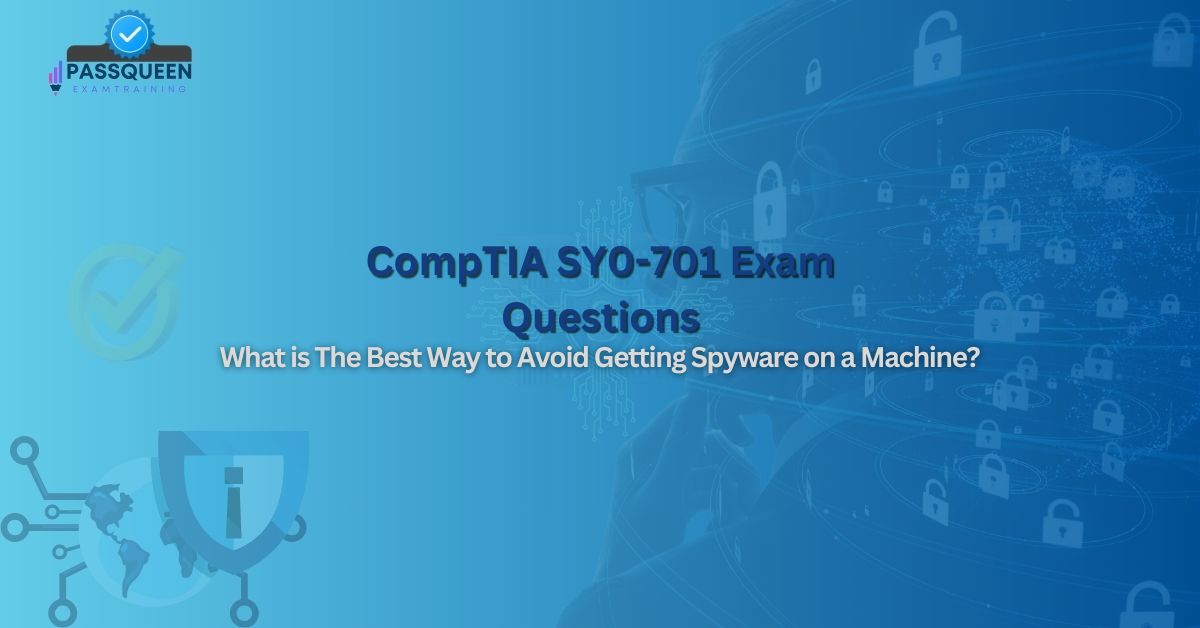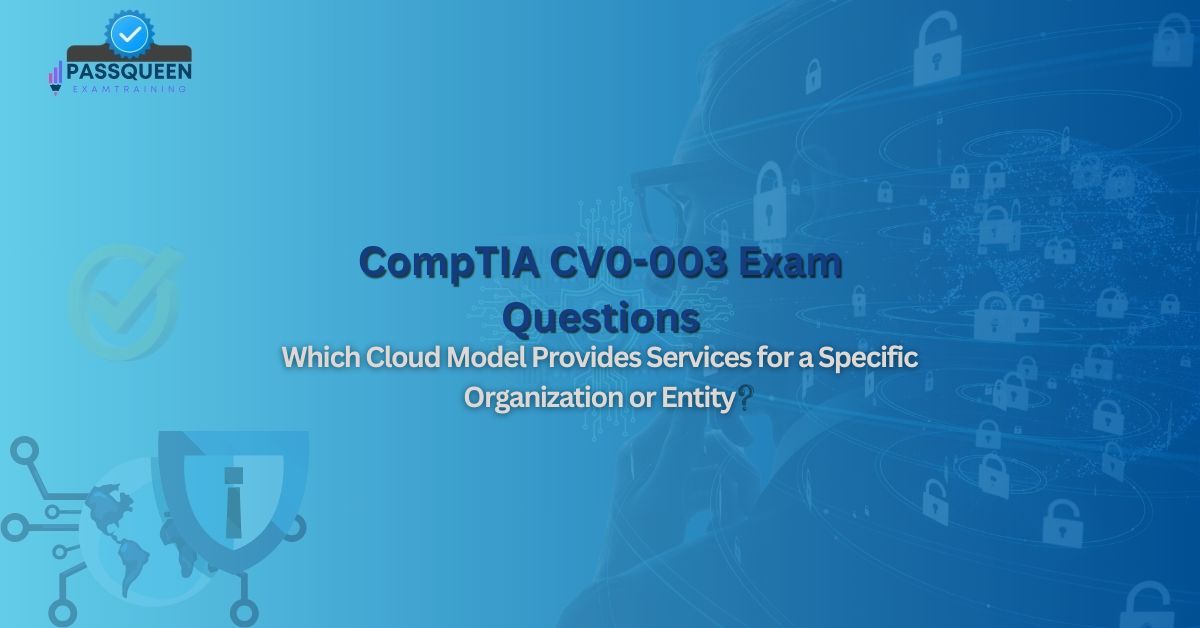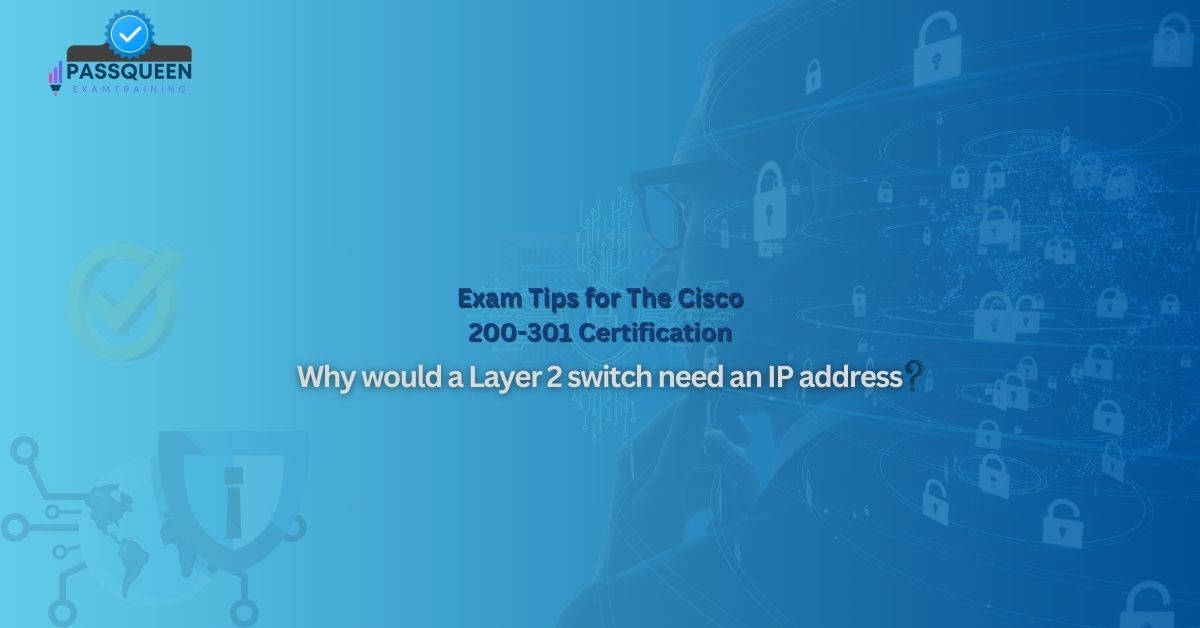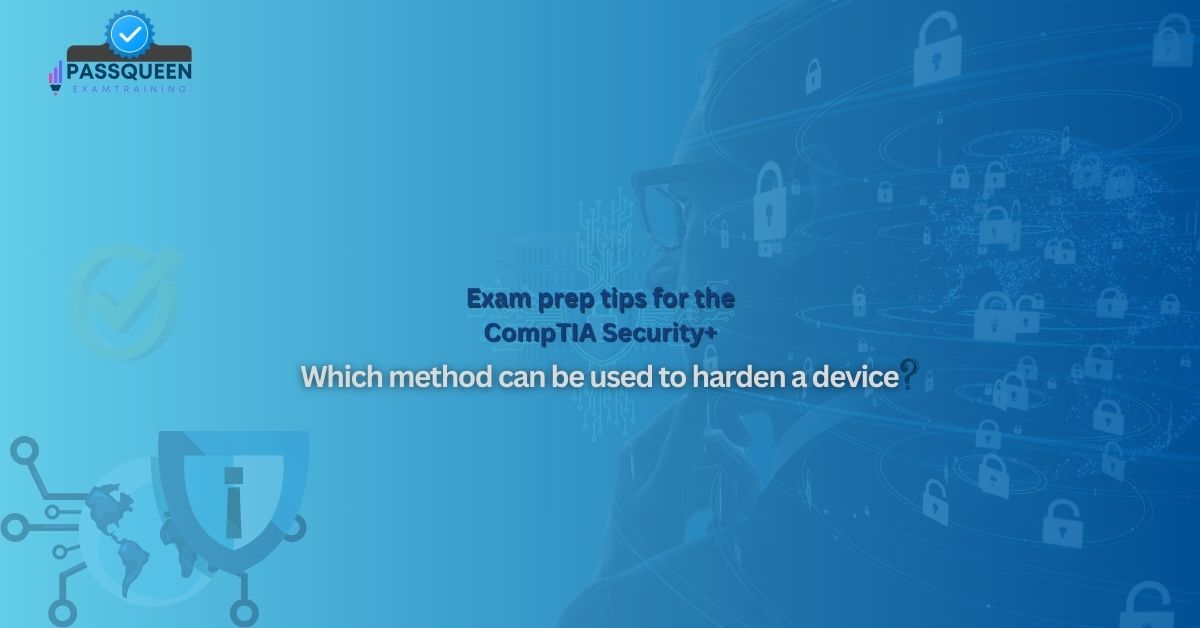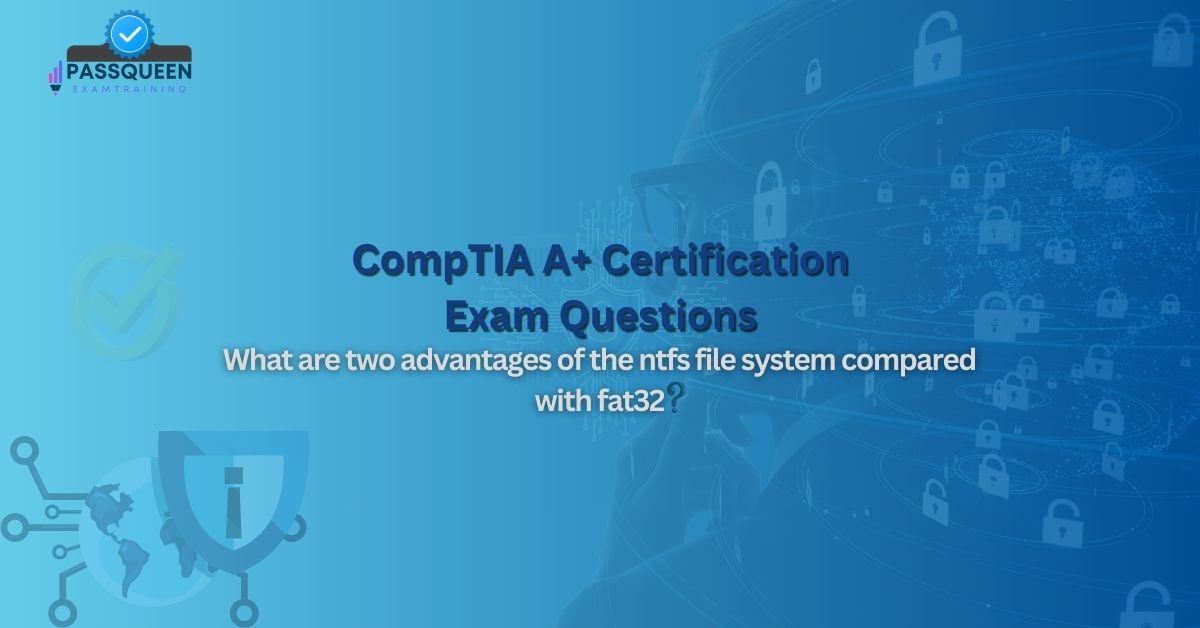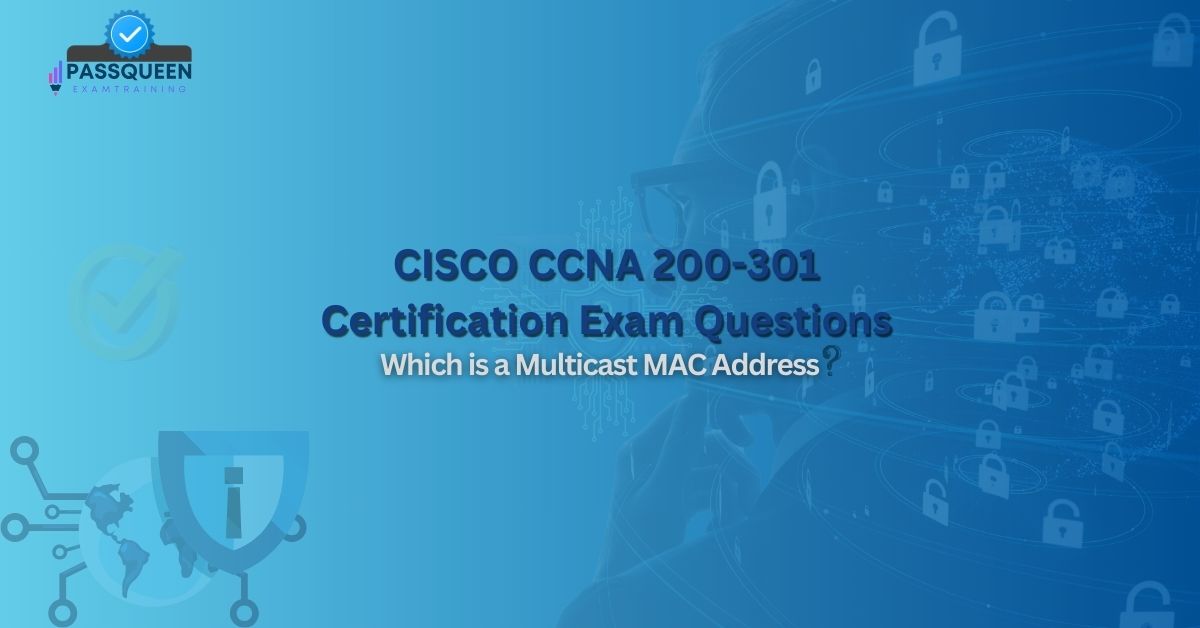Introduction
In the realm of networking, the distinction between hubs and Layer 2 switches is a fundamental concept that shapes how data flows within a local area network (LAN). For professionals pursuing the CompTIA Network+ certification through the CompTIA N10-008 Exam Questions, mastering these devices is essential for both theoretical understanding and practical application. Hubs and switches serve as connectivity points, but their differences in functionality and efficiency are profound. This article provides a comprehensive overview of hubs and Layer 2 switches, highlights their significant difference, and explores their relevance to the N10-008 exam, emphasizing how PassQueen equips learners to excel.
The N10-008 exam tests a candidate’s ability to design, configure, and troubleshoot networks, with hubs and switches appearing in questions about network architecture and performance.
A Comprehensive Overview of Hubs and Layer 2 Switches
Hubs are basic networking devices that operate at the Physical Layer (Layer 1) of the OSI model. They connect multiple devices in a LAN by broadcasting incoming data to all connected ports, regardless of the intended recipient. Hubs are simple, inexpensive, and lack intelligence—acting as a multiport repeater that amplifies and retransmits signals. Common in early Ethernet networks, hubs support half-duplex communication, meaning devices can’t send and receive data simultaneously.
Layer 2 switches, operating at the Data Link Layer (Layer 2), are more advanced. They use MAC (Media Access Control) addresses to forward data only to the intended destination port, making them smarter and more efficient than hubs. Switches maintain a MAC address table (or CAM table) to track which devices are connected to which ports, enabling full-duplex communication where devices can send and receive data concurrently. Modern LANs rely heavily on switches due to their performance and scalability.
Significant Difference Between a Hub and a Layer 2 Switch
The most significant difference between a hub and a Layer 2 switch lies in how they handle data traffic. A hub broadcasts all incoming data to every connected device, creating a single collision domain where all devices share the bandwidth. This indiscriminate flooding increases the likelihood of collisions, especially as network traffic grows, leading to inefficiencies and performance bottlenecks.
In contrast, a Layer 2 switch forwards data selectively based on MAC addresses, sending frames only to the port associated with the destination device. This creates separate collision domains for each port, eliminating collisions in full-duplex mode and optimizing bandwidth usage. For example, if Device A sends data to Device B on a switch, only Device B receives it—other devices remain unaffected, unlike with a hub where all devices receive the frame.
This difference—broadcasting vs. intelligent forwarding—is a cornerstone of network efficiency and a key N10-008 focus.
Additional Technical Differences
Beyond the primary difference, hubs and switches diverge in several technical aspects:
- OSI Layer: Hubs operate at Layer 1 (Physical), relaying raw signals, while switches function at Layer 2 (Data Link), interpreting MAC addresses.
- Duplex Mode: Hubs support only half-duplex, limiting simultaneous communication, whereas switches enable full-duplex, doubling effective bandwidth.
- Bandwidth Allocation: Hubs share total bandwidth among all ports (e.g., 100 Mbps split across 10 devices), while switches dedicate bandwidth per port (e.g., 100 Mbps per device).
- Scalability: Hubs struggle with larger networks due to collisions, while switches scale efficiently with their MAC table and port-specific forwarding.
- Security: Hubs expose all traffic to every device, increasing eavesdropping risks, whereas switches limit data to intended recipients, enhancing security.
These differences underscore why switches have largely replaced hubs in modern networks—a shift N10-008 candidates must understand. PassQueen’s comprehensive breakdowns make these nuances exam-ready.
Application to N10-008 Certification Exam
The N10-008 exam tests knowledge of hubs and Layer 2 switches in various formats. Multiple-choice questions might ask, “What is the significant difference between a hub and a Layer 2 switch?” with options testing understanding of broadcasting vs. forwarding. Performance-based tasks could involve configuring a switch’s MAC table or troubleshooting a network slowed by a hub’s collision domain.
This topic ties into N10-008 domains like network architecture and troubleshooting. For instance, replacing a hub with a switch to reduce collisions is a practical solution candidates might need to propose. PassQueen’s exam dumps and practice scenarios mirror these challenges, offering realistic questions and detailed explanations that prepare learners for both theory and application.
Practical Examples
Real-world examples illustrate the hub-switch divide and align with N10-008 objectives:
- Small Office LAN: A hub connects five PCs. When PC1 sends a file to PC2, all PCs receive the data, slowing the network due to collisions. Replacing the hub with a switch ensures PC2 alone gets the file, boosting efficiency.
- Classroom Network: A hub-based network experiences lag during a video stream to one device, as all devices process the broadcast. A switch resolves this by directing traffic only to the streaming device.
- Troubleshooting Case: A network with a hub shows high collision rates. An N10-008 task might ask why performance suffers (shared collision domain) and recommend a switch as a fix.
CompTIA N10-008 Exam Prep Tips
Mastering hubs and Layer 2 switches for N10-008 requires a strategic approach:
- Grasp Core Concepts: Learn the operational basics of hubs and switches.
- Focus on Differences: Memorize the broadcasting vs. forwarding distinction.
- Visualize Networks: Study diagrams of hub and switch setups.
- Practice Scenarios: Tackle questions about network performance.
- Simulate Configurations: Use tools like Packet Tracer to compare hub and switch behavior.
- Troubleshooting Skills: Study collision and bandwidth issues.
PassQueen’s all-in-one approach—study materials, practice exams, and interactive content—ensures comprehensive preparation tailored to N10-008.
Conclusion
Hubs and Layer 2 switches represent a pivotal contrast in networking, with the switch’s intelligent forwarding far surpassing the hub’s crude broadcasting. For the N10-008 exam, this distinction is a testable cornerstone, reflecting real-world network design and optimization. Mastery of these devices is a stepping stone to Network+ certification and a career in IT.
PassQueen elevates this journey with its targeted, high-quality resources. From clear explanations to realistic practice, PassQueen ensures candidates conquer hubs and switches with confidence.
Sample CompTIA N10-008 Exam Questions for Exam Prep
What is the significant difference between a hub and a Layer 2 LAN switch?
A. A hub operates at Layer 2, while a switch operates at Layer 1
B. A hub forwards data only to the intended port, while a switch broadcasts data
C. A hub broadcasts data to all ports, while a switch forwards data based on MAC addresses
D. A hub supports full-duplex communication, while a switch supports half-duplex
Correct Answer: C
Explanation: The significant difference is that a hub broadcasts all incoming data to every port, creating a single collision domain, while a Layer 2 switch uses MAC addresses to forward data only to the intended port, creating separate collision domains for efficiency.

